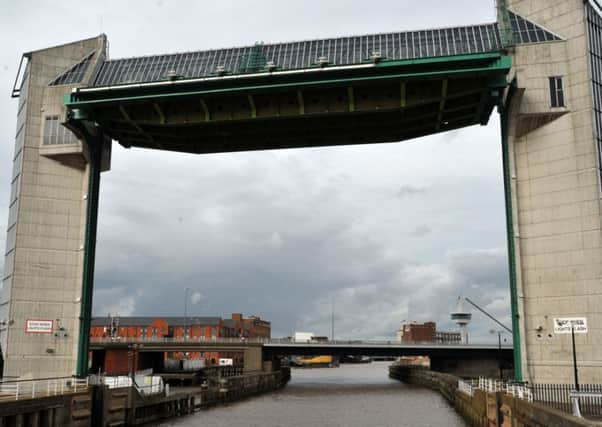Report finally confirms ‘dredging works’


Until now calls to remove silt have been met with claims that it would be prohibitively costly and not reduce the risk of flooding.
But now a new study, led by the River Hull advisory board, has shown that dredging and re-profiling the riverbed and banks back to how it was in the 1950s when boats regularly plyed the river would increase its capacity in flood conditions by 10 per cent and reduce water levels by almost 1 metre.
Advertisement
Hide AdAdvertisement
Hide AdDredging from Tickton to the Deep in Hull and removing dozens of sunken boats, at the cost of £750,000 - a fraction of the £14.6m the Environment Agency costed it at - is among eight recommendations, costing a total of £45m, going out to consultation from November 11 for six weeks.
The plan is to use a technique called water injection dredging which mobilises sediment and moves it downstream without the need to physically dig silt out.
More than half of the area the study looked at, some 217,000 acres, and more than half of homes, are at risk of flooding. The report warns failure to act now “not only creates direct risk of flood damage but also has a negative effect on sustainability of communities, business and agriculture, including rising insurance.”
It says doing the minimum - maintaining the system to current standards - could cause £1bn of damage to property in a flood and £171m to agriculture over the investment period.
Advertisement
Hide AdAdvertisement
Hide AdThe plans also involve installing a set of mitre gates in front of Hull’s tidal barrier at the cost of nearly £14m.
On the Holderness Drain and Beverley and Barmston Drain, floodbanks would be raised and the capacity of pumping stations increased.
Yorkshire Water (YW) is spending £16m on a new pumping station on Bransholme, which was badly flooded in 2007.
Martin Voase, deputy chairman of the Beverley and North Holderness Drainage Board, which is on the board along with local councils, YW and the Environment Agency (EA), said it was “extremely good news.”
Advertisement
Hide AdAdvertisement
Hide AdHe said: “The last thing we want is to see is the strategy gathering dust on a shelf. Rest assured the drainage board, the parish councils, the NFU, will be pushing to have something done. Two or three years ago we had people at the top of the EA who were more interested in the conservation of wildlife and birds, than actually saving the population from being flooded. I think they now have a more sensible attitude.”
And Hull councillor Terry Keal said: “I am highly delighted the need for dredging has been recognised. It needs to be little and often - if not Mother Nature will come along and claim it back.”